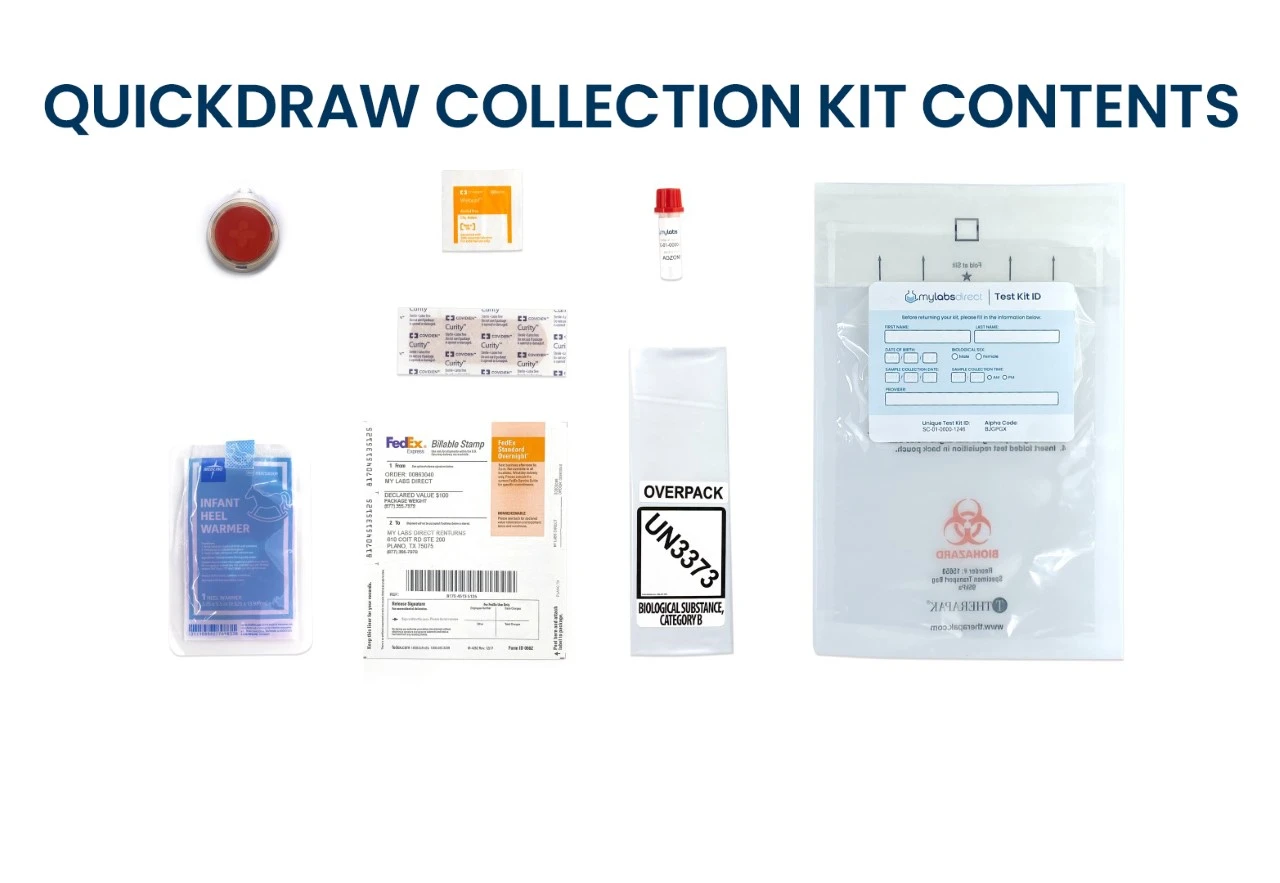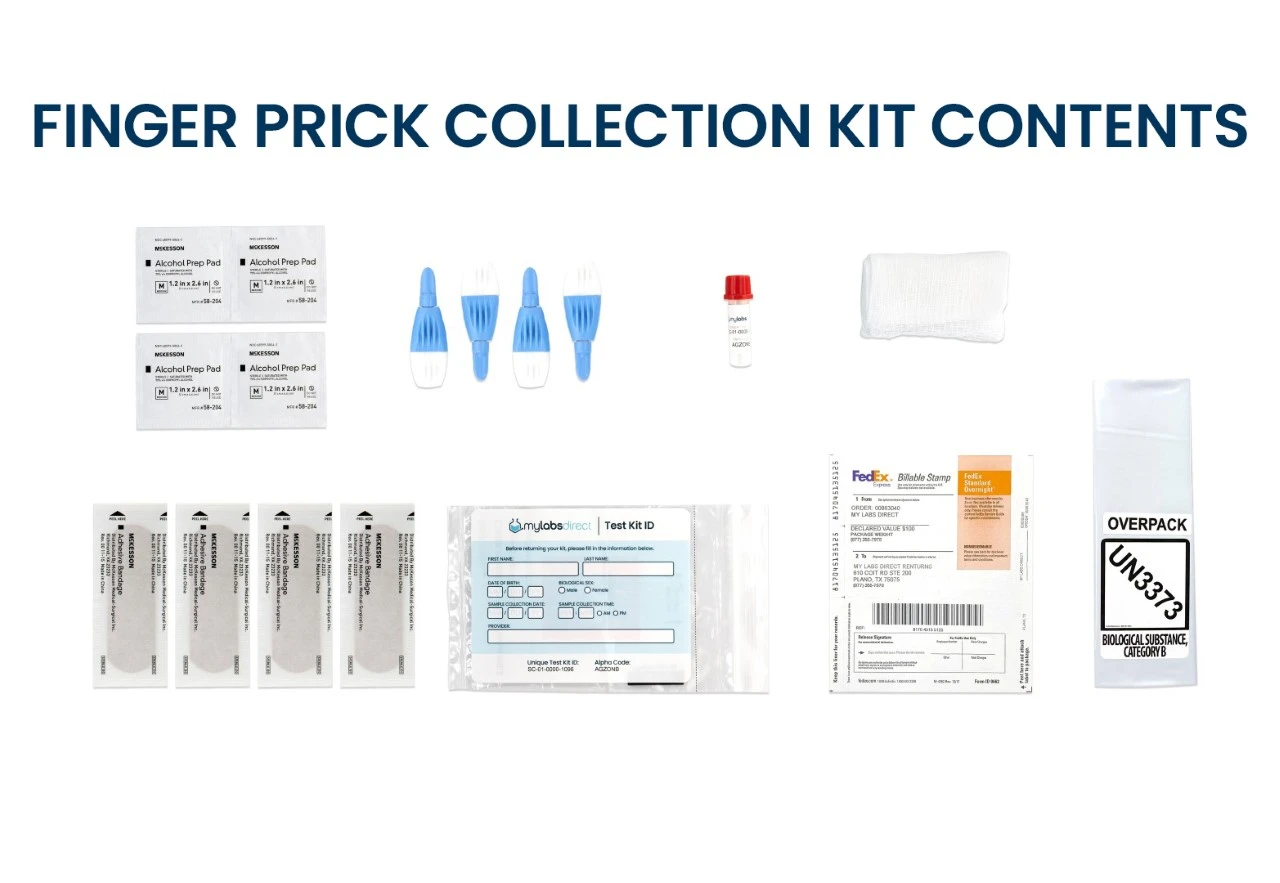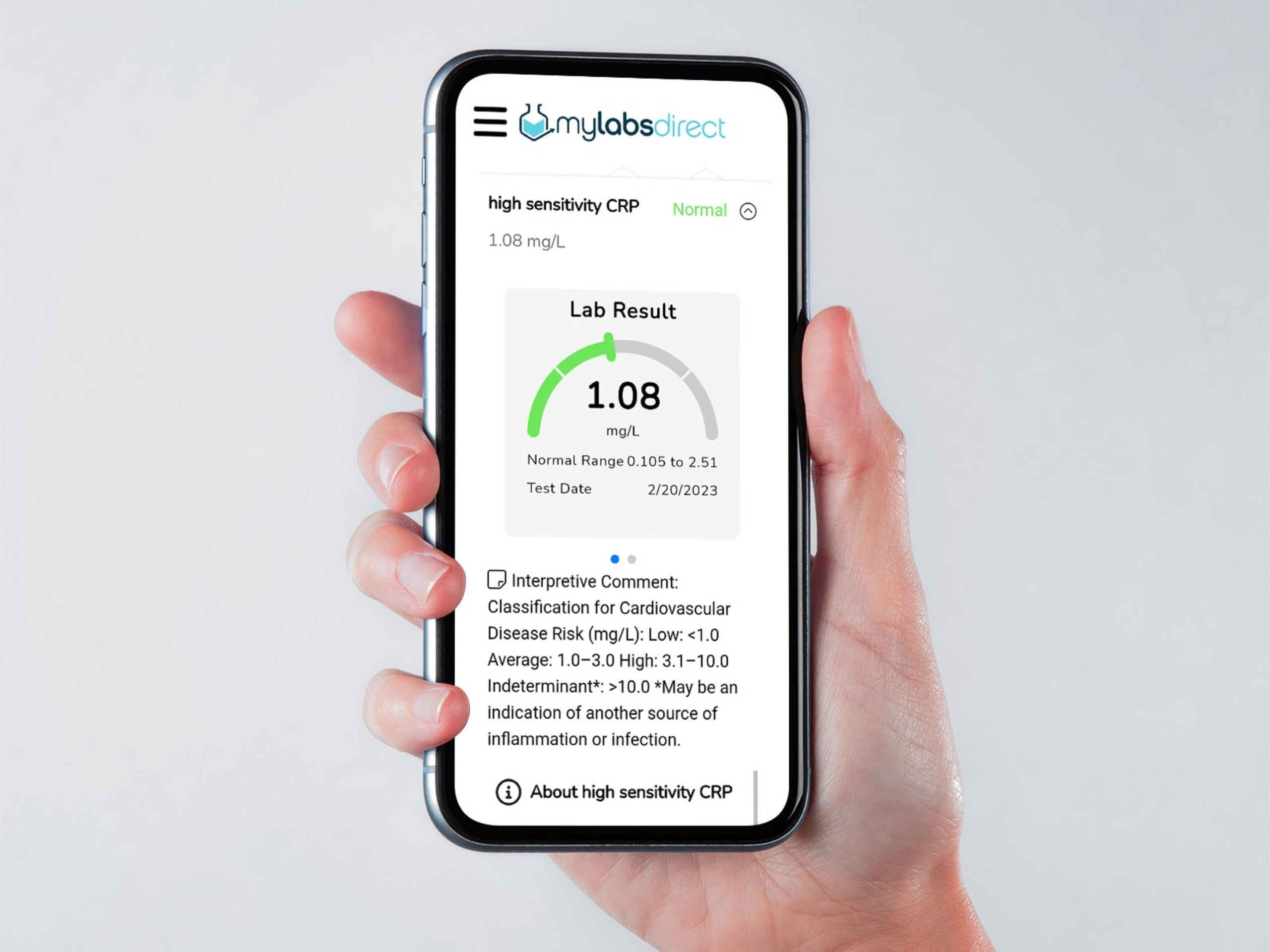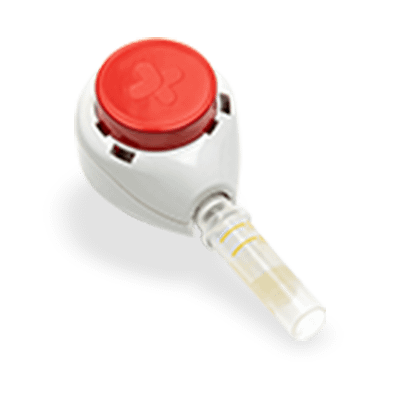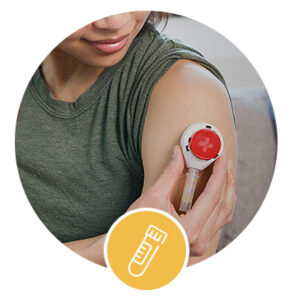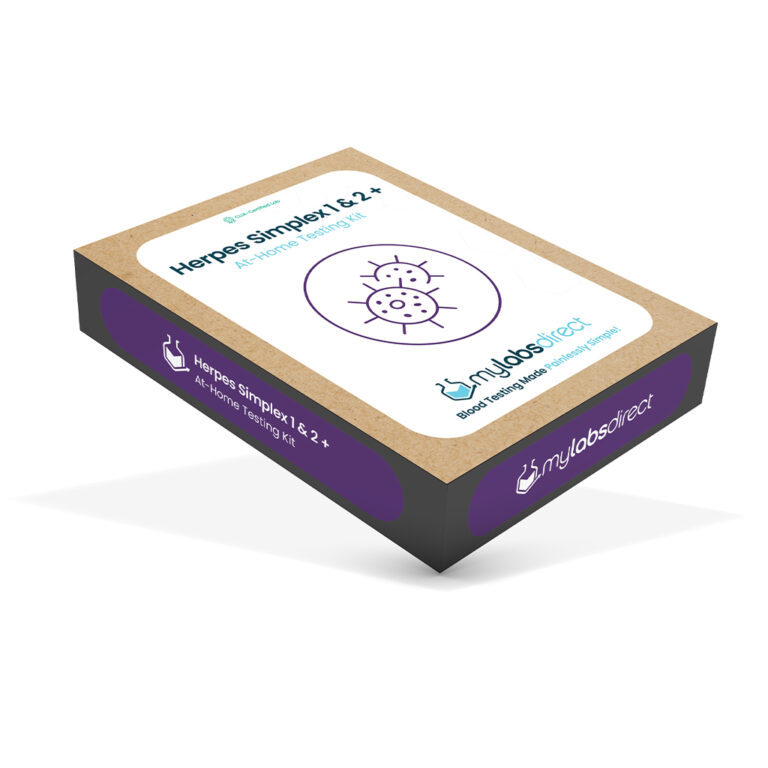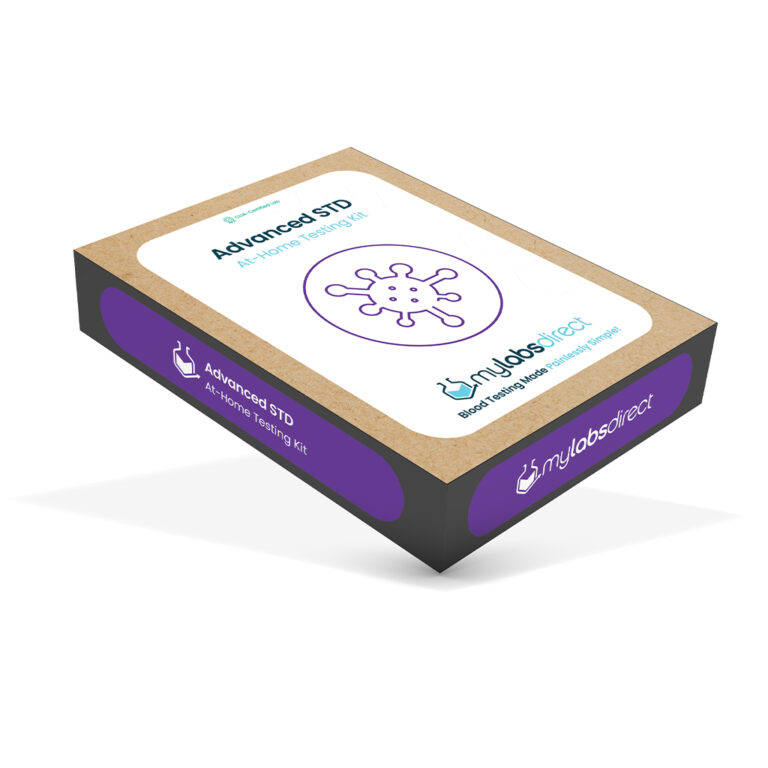Total cholesterol is the total amount of cholesterol in your blood. It includes low-density lipoprotein (LDL, or “bad”) cholesterol and high-density lipoprotein (HDL, or “good”) cholesterol. Cholesterol is a waxy, fat-like substance found in every cell in your body.
Your total cholesterol level reflects your risk for heart disease. The higher the level, the higher your risk. If your total cholesterol is too high, your healthcare provider may recommend lifestyle changes and/or medications to lower it.
Symptoms: By itself, high blood cholesterol doesn’t cause symptoms which is why it’s important to have your cholesterol levels tested.
Low-density lipoprotein (LDL) transports cholesterol to the cells. High levels of LDLs in the blood have been associated with an increased risk for heart disease. For this reason, they are referred to as “bad cholesterol”. LDL cholesterol needs to be kept at the lowest level you and your healthcare provider can achieve. LDL cholesterol goes up if your diet is high in saturated and trans fat.
Low LDL levels – decreased risk of heart disease
High LDL levels – increased risk for heart disease. High LDL is primarily caused by poor diet, obesity, lack of exercise, smoking, alcohol and age.
Symptoms: High LDL has no symptoms which is why it’s important to have your LDL levels checked.
High-density lipoprotein (HDL) picks up cholesterol from cells and transports it to the liver so that it can be eliminated from the body. It essentially clears fats from your bloodstream. HDL cholesterol is sometimes referred to as the “good cholesterol” because high levels of HDL in the blood are associated with a reduction in the risk of heart disease. The higher the HDL, the better.
High HDL levels – associated with a reduced risk of heart disease. Physical activity, losing extra weight, quitting smoking, using alcohol in moderation and choosing better fats all help increase your HDL levels.
Low HDL levels – associated with an increased risk of cardiovascular disease. Type 2 diabetes, being overweight, not getting enough exercise, smoking, unhealthy diet, metabolic syndrome, and genetic factors play a role in low HDL levels.
Symptoms: Low HDL levels rarely present symptoms until after there’s been a medical emergency, which is why it’s important to have your HDL levels checked.
Triglycerides are the main lipids (fat) in food and the body. The structure of triglycerides includes lipid molecules called fatty acids. Fatty acids are what we are really talking about when we refer to trans fat or saturated fat. You have a higher risk of high triglycerides if you have diabetes, chronic kidney disease, metabolic syndrome, inflammatory diseases, obesity or are overweight, consume excess: alcohol, saturated fats, and sugars, if you maintain a sedentary lifestyle, or have a family history of high triglycerides.
Low Triglycerides levels – in general, having low triglyceride levels is not a problem. If your levels are less than 150mg/dL, you have a lower risk of cardiovascular diseases such as heart attack or stroke.
High Triglycerides levels – high concentrations of triglycerides in the blood may contribute to hardening of the arteries or thickening of the artery walls which increases the risk of stroke, heart attack and heart disease. Extremely high triglyceride levels can also cause acute inflammation of the pancreas, resulting in pancreatitis.
Symptoms of High Triglycerides levels: In rare cases, some people may develop inflammation of the pancreas which can cause sudden severe abdominal pain, loss of appetite, nausea, vomiting and fever.
Very-low-density lipoprotein cholesterol (VLDL-C) is made in the liver and released into your bloodstream. The VLDL particles mainly carry triglycerides (a type of fat) to your tissues. It’s similar to LDL cholesterol, but LDL mainly carries cholesterol to your tissues, whereas VLDL-C carries triglycerides to your tissues. You can lower your VLDL level by losing weight, dieting, and exercising. It’s important to switch to healthy fats and cut back on sugar and alcohol. Some people may need to take medication to reduce VLDL-C.
VLDL is referred to as a “bad cholesterol” because it contributes to the buildup of plaque in your arteries. Over time the plaque can harden and narrow your arteries and contribute to a type of blood vessel disease called atherosclerosis, which reduces blood flow.
Low LDL levels – decreased risk of heart disease.
High VLDL-C levels – increased risk for heart disease and stroke. High VLDL is primarily caused by poor diet, obesity, lack of exercise, smoking, alcohol and age.
Symptoms of high VLDL-C:
Tired
Shortness of breath
Possible chest pain
hs-CRP, or High Sensitivity C Reactive Protein, measures overall levels of inflammation in your body. It can be used to identify individuals that are at high risk for stroke or heart disease.
Low hs-CRP- indicates you have low risk for heart disease.
High hs-CRP – levels have been associated with an increased risk of heart disease and can be used as a marker for assessing cardiovascular risk, especially when combined with other risk factors like high cholesterol, smoking, and obesity.
Symptoms:
- Unexplained exhaustion
- Pain
- Headache
- Nausea, loss of appetite, indigestion
- Chills
- Fever
- Insomnia



